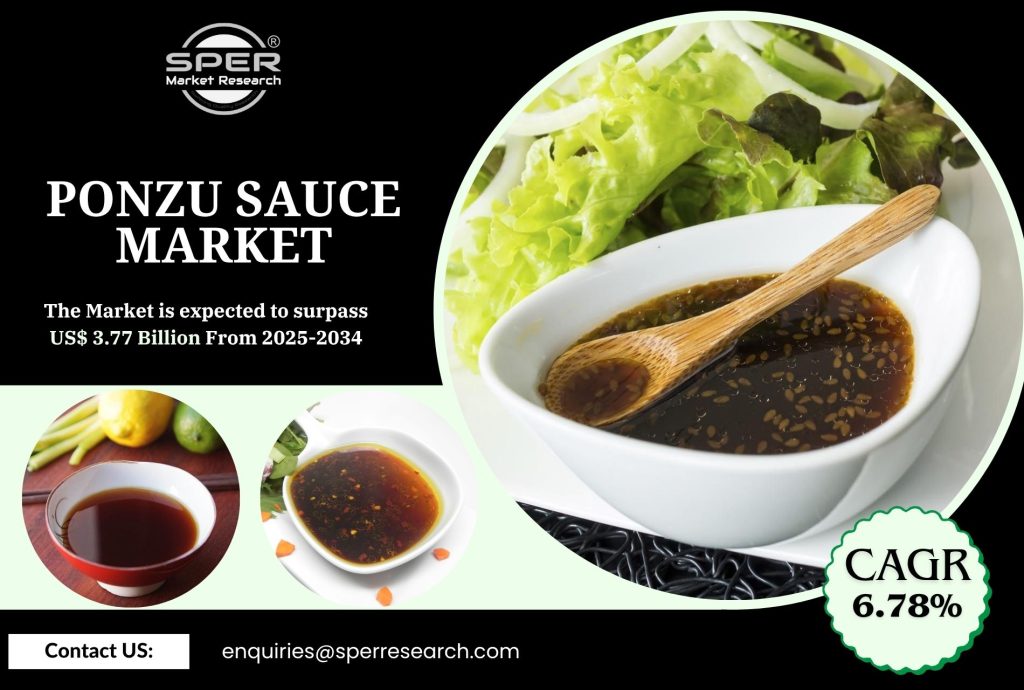Producing and caring for flowering and ornamental plants for gardens, landscaping, and aesthetic purposes is known as floriculture, a subset of horticulture. To improve aesthetic and environmental value, it includes the production of cut flowers, potted plants, leaves, and bedding plants. Floriculture also contributes significantly to the agricultural economy through both domestic markets and export potential. It is practiced globally and holds importance for beautification, ecological balance, and employment generation in both rural and urban areas. The sector supports various allied industries such as packaging, transportation, and floral design, adding further value to the supply chain.
According to SPER Market Research,” North America Floriculture Market Growth, Size, Trends Analysis – By Product, By Distributional Channel, By End User – Regional Outlook, Competitive Strategies and Segment Forecast to 2034” states that North America Floriculture Market is estimated to reach 38.47 USD billion by 2034 with a CAGR of 6.21%.
Drivers:
The floriculture market in the United States is being driven by the influence of large merchants and e-commerce platforms. The distribution and sale of flowers and plants are heavily influenced by big-box retailers and grocery chains. Their capacity to provide a large selection of goods at affordable costs makes floricultural items more widely available to customers. By using technology, growers may cultivate a greater range of plants all year long, independent of the weather, which stabilizes supply and lessens seasonal variations. Furthermore, improvements in cold chain management and logistics have expanded the availability and market reach of flowers and plants by making it easier to transport them over long distances without compromising their flavor or freshness.
Request a Free Sample Report: https://www.sperresearch.com/report-store/north-america-floriculture-market.aspx?sample=1
Restraints:
The growth of the U.S. floriculture business is hindered by serious supply chain vulnerabilities, particularly regarding cutting flowers. A large portion of flowers sold are imported, making the market susceptible to trade restrictions, environmental issues in exporting countries, and geopolitical tensions. As highly perishable products, fresh flowers require precise cold chain logistics to maintain quality. Logistical challenges such as limited air freight capacity, customs delays, and rising fuel prices can disrupt delivery schedules and affect profitability. During peak seasons like Mother’s Day and Valentine’s Day, these issues often lead to shortages or increased costs. Additionally, domestic growers struggle with climate variability and labor shortages, affecting consistent year-round production.
United States of America held the biggest revenue share in the North America Floriculture Market. It produces and consumes a lot of flowers and decorative plants. The United States’ strong position is further reinforced by its high cut flower imports and sales. Some of the key market players are Kurt Weiss Greenhouses Inc., Costa Farms, The Queen’s Flowers, Green Circle Growers, Greenheart Farms, Larksilk.
For More Information, refer to below link: –
North America Floriculture Market Growth
Related Reports:
Global Dishwasher Market Growth
Global Water Sink Market Growth
Follow Us –
LinkedIn | Instagram | Facebook | Twitter
Contact Us:
Sara Lopes, Business Consultant — USA
SPER Market Research
enquiries@sperresearch.com
+1–347–460–2899









